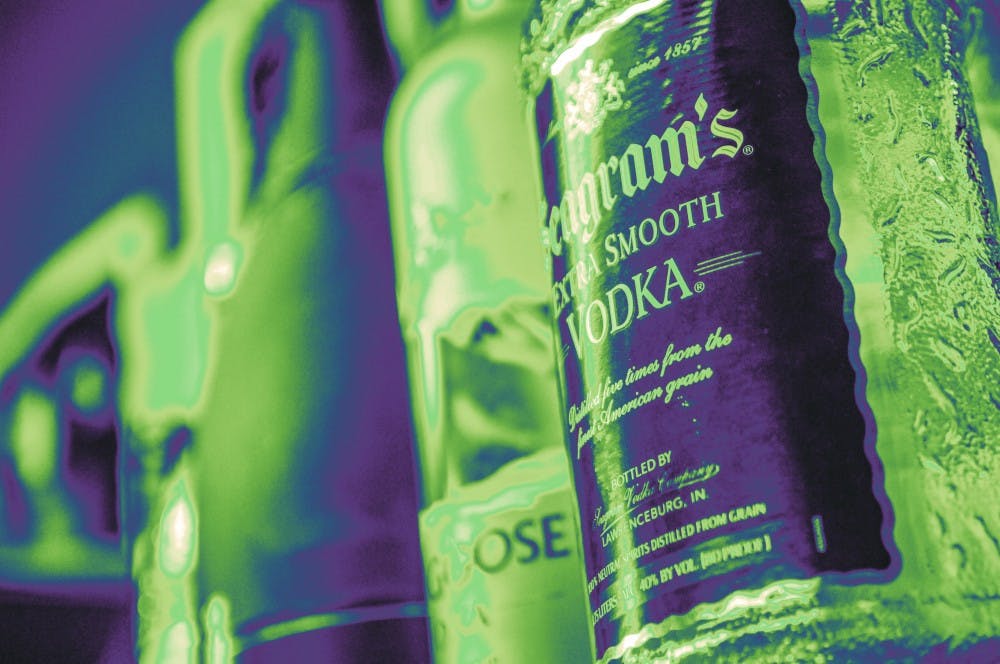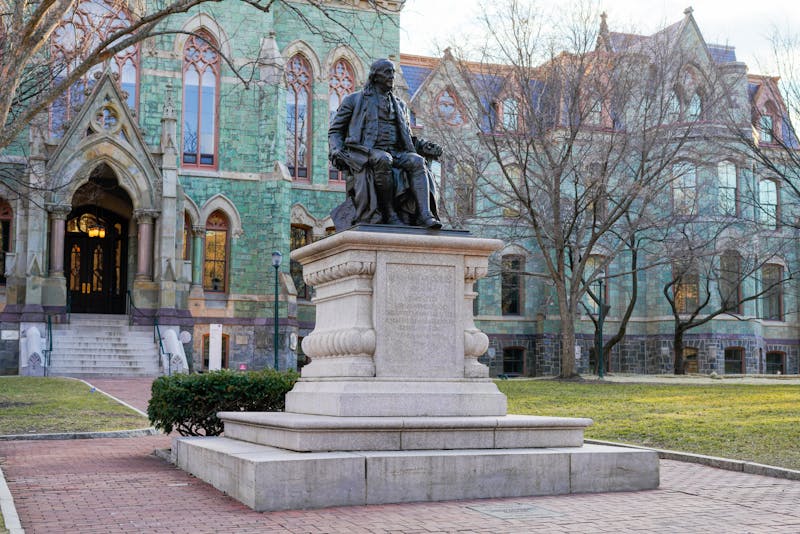
We are quick to fight over blame when alcohol is linked to sexual violence. The first step was admitting to the problem, but we did that. On a national scale, it took an epic power shakedown for leaders to acknowledge the ubiquity of sexual assault across institutions. At Penn, student groups, individual voices, and Penn President Amy Gutmann have repeatedly brought attention to sexual assault on campus.
But the results of the 2019 sexual assault survey from the American Association of Universities tell us that increased awareness and scrutiny of sexual misconduct doesn’t translate to fewer acts of violence. Across the 21 universities surveyed by the AAU, the share of women reporting “nonconsensual sexual contact or inability to consent,” rose from 23% to 26% between 2015 and 2019.
The game of alcohol-related excuse-generating and finger-pointing was recently played out very publicly in the Justice Brett Kavanaugh hearings. Kavanaugh’s defenders claimed that drinking made him stupid and violent. After all, he was just a guy in college doing what college students do — getting drunk and hitting on girls at parties. This attitude isn’t dissimilar to how we used to treat drunk drivers. Before shifts in public opinion during the 1980s, drunk drivers were often pitied and their accidents excused as symptoms of alcoholism. Meanwhile, their harm toward victims was considered peripheral.
This level of risk needs more than recognition, because to say that 26% of Penn undergraduate women experiencing unwarranted sexual contact is “troubling” doesn’t even scratch the surface. Sexual violence should be treated more like we treat drunk driving: as a pervasive public health issue that requires understanding of risk met with a refusal to use alcohol as an excuse.
Alcohol consumption creates risk by altering individual behavior. But the environment in which you drink adds to risk by distorting expectations. In other words, drinking matters, but so does context. If you are at a party, your immediate sensory surroundings and whatever you were expecting about yourself and your environment is magnified. Critically, these distorted assumptions include what Kavanaugh assumed — that his conduct could be excused because he was at a party engaging in “horseplay.” Neither he nor those around him challenged those assumptions until decades later.
What do Penn students implicitly assume when drinking at bars and parties? We assume — like Justice Kavanaugh — that people (and especially women) who drink at parties are easily targeted. We assume that drinking makes us wild and reckless. We assume that sexual aggression is more likely to ensue in these scenarios. Still, we proceed to drink, hyper-aware of a climate that feels all-consuming but uncontrollable. Even when we recognize risk, it doesn’t translate toward responsibility. In reality, we often drink as an excuse to be irresponsible for a night. So, of course, we deflect the job of calling out menacing behavior that we witness in this setting unless it becomes obvious.
Criminology professor Aaron Chalfin published research this year on the link between crime and alcohol consumption. In an interview for MarketWatch, Chalfin explained an implication of his findings: that motivated offenders seek out targets rather than perpetrators simply losing control when they drink enough. It’s not that drinking inevitably makes someone reckless — perpetrators can choose to drink because they think it will excuse reckless or harmful behavior. According to this model, the “loss of control” from excessive consumption of alcohol is preceded by the decision by perpetrators to drink.
Of course, alcohol does not play a role in all sexual assaults, and when it does, it is used to discredit victims as much as to excuse perpetrators. Chanel Miller, the long-anonymous victim referred to as Emily Doe until she spoke publicly this September to decry interpretations of the 2016 Stanford rape case as an intoxication-induced misunderstanding. Miller claimed instead that “alcohol could never be the root of something that is part of such a greater pattern: when you look at the thousands of cases [of violence against women], the common thread is not that we are drinking too much.”
As the Kavanaugh case illustrates, if we recognize that alcohol increases the risk of bad decisions but doesn’t excuse the decisions themselves, we can’t just eliminate risk by policing alcohol consumption. What can be done is to increase accountability by acknowledging that we aren’t divorced from our drunk selves. The distorted expectations that surround drinking culture at Penn and American college campuses are not an inescapable or inevitable reality. It is not a rite of passage to act stupidly or violently. Instead, let’s acknowledge the risk of situational drinking while refusing to tolerate sexual violence.

JULIA MITCHELL is a College and Wharton sophomore from Yardley, Pa. studying Business and International Studies in the Huntsman Program. Her email address is jcmitch@wharton.upenn.edu.
The Daily Pennsylvanian is an independent, student-run newspaper. Please consider making a donation to support the coverage that shapes the University. Your generosity ensures a future of strong journalism at Penn.
Donate






